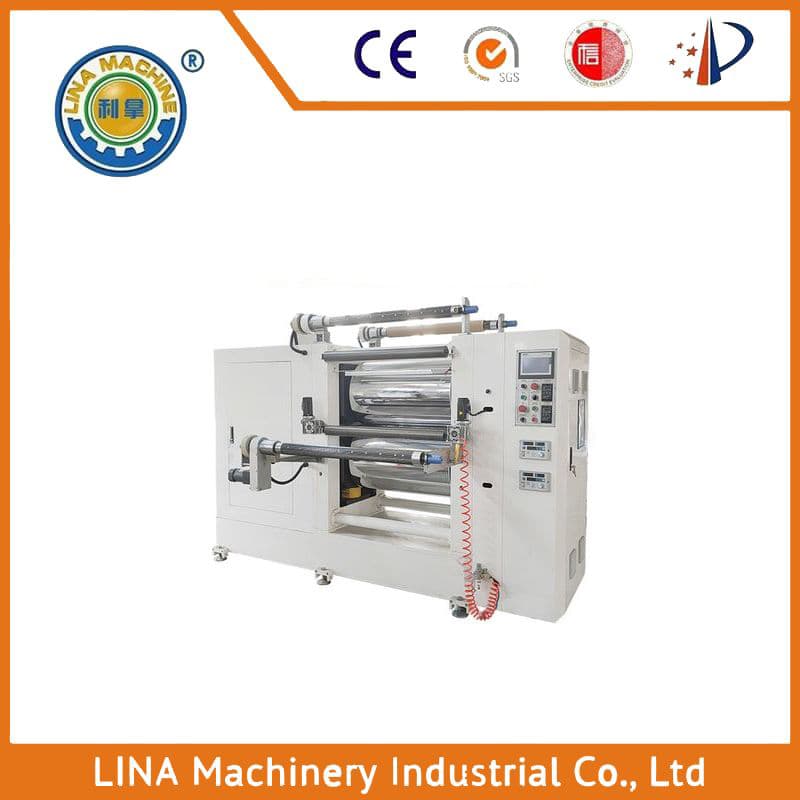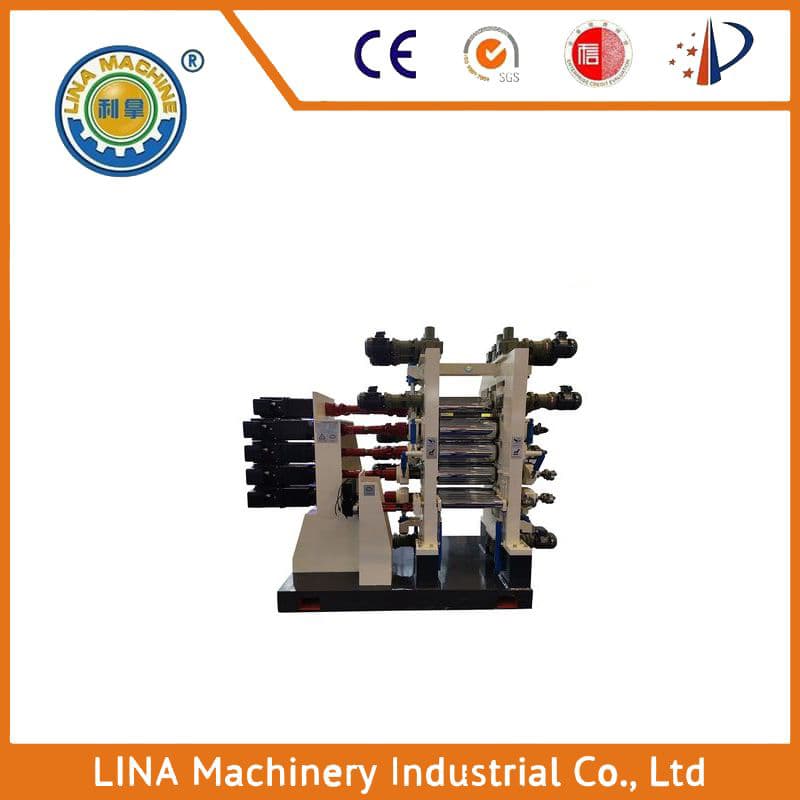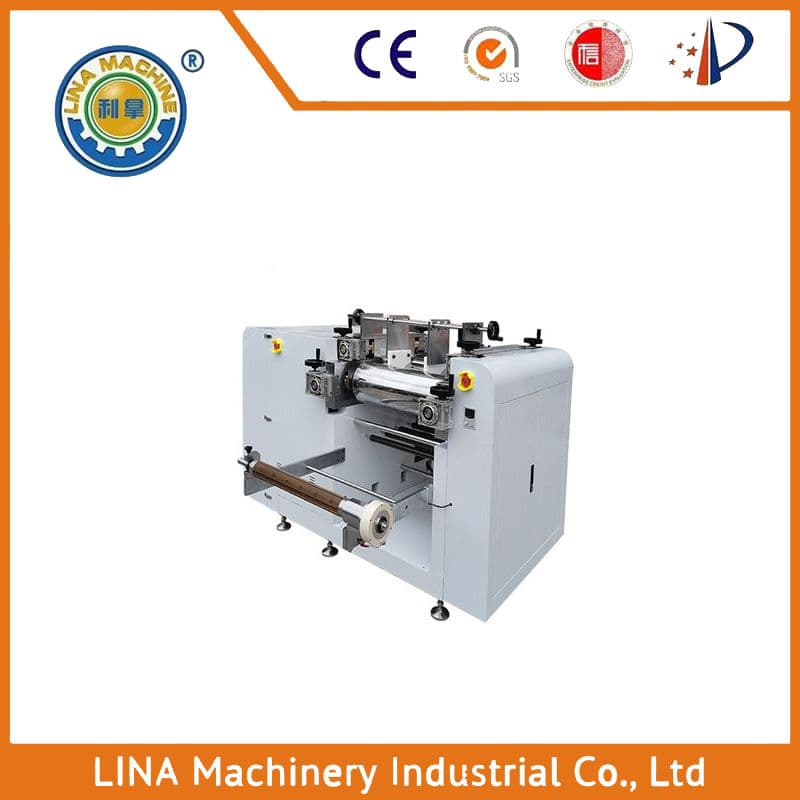The Laboratory Rolling Mill: A Revolutionary Tool for Material Processing
In the realm of scientific research and industrial production, the laboratory rolling mill stands as a beacon of precision and efficiency. At its core lies a machine that has transformed the way materials are processed, from the smallest particle to the largest component. This is the lab-scale rolling mill, a tool that has revolutionized the way scientists and engineers approach their work.
At its heart, the lab rolling mill is a complex assembly of moving parts that work together to create a smooth, uniform surface on a material. It consists of a rotating table, which holds the material in place while it undergoes the process, and a pair of rollers that press against the material, applying pressure and heat to form the desired shape. The table rotates at a precise speed, controlled by a motor, while the rollers move up and down, pressing and releasing the material as needed.
But what makes the lab rolling mill so special? For one, it allows for precise control over the processing parameters, such as temperature, pressure, and time. This means that scientists can test different materials and conditions to find the optimal combination for their specific needs. Additionally, the lab rolling mill is highly adaptable, allowing for the processing of a wide range of materials, from metals to plastics, ceramics to composites.

One of the most impressive features of the lab rolling mill is its ability to produce high-quality products with minimal waste. By controlling the process carefully, scientists can achieve a level of finish that rivals that of larger machines. This not only saves money but also reduces environmental impact, as less material is wasted during the process.

In conclusion, the lab rolling mill is more than just a tool; it is a symbol of progress and innovation in the field of materials processing. With its ability to produce high-quality products with minimal waste, it has become an essential part of many scientific research projects and industrial processes. As technology continues to advance, we can expect to see even more advanced versions of this powerful tool, pushing the boundaries of what is possible in the world of materials science.




